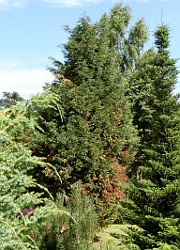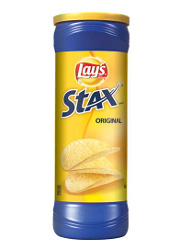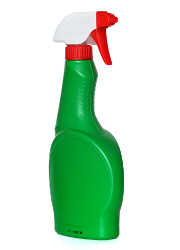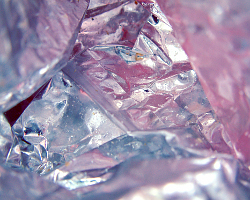How can I reuse or recycle Leylandii/conifer branches?
 We’ve had an email from Jennifer (sorry it’s taken a few weeks to feature it, Jennifer!):
We’ve had an email from Jennifer (sorry it’s taken a few weeks to feature it, Jennifer!):
We hacked down a couple of huge nasty Leylandii conifer trees from our garden this weekend and don’t know what to do with the wood and branches. It’s far too much for our own compost bin, fear for the state of our car if we tried to take them to the council compost collection because they’re dropping resin and I’ve read that you shouldn’t burn them. My husband thinks the only option might be hiring a skip for landfill but I’d still prefer a green option!
Ahh, Leyland Cypress. Depending on your point of view, it’s either the useful sound/pollution blocking instant-hedge or the scourge of urban gardens with its own Asbo law.
As we have a woodburning stove and a father-in-law who skip-dives for all sorts of wood, we’ve read quite a bit about burning leylandii – some people say as long as it is sufficiently dry (seasoned), it’s fine to burn and is actually a good start-of-fire accelerator. But it is full of sticky resin which can clog up chimneys with creosote and cause chimney fires – the pro-burning-it people say as long as it’s seasoned and completely dry, this isn’t a problem but it takes a good couple of years to reach that state. (Outdoor fires, such as bonfires, won’t have a build-up problem but if you burn it fresh/green, it will give off clouds of smoke and spit furiously.)
A quick Google tells me that some people use sections of cut-down Leylandii trees in aviaries to provide secluded roosting space for small birds. Other people shred them up and use them as woodchippings for paths – they will compost down eventually but will probably take a few years. If you don’t fancy doing either of those things, perhaps someone on your local Freecycle/Freegle may be interested in doing it…?
Any other suggestions or ideas?



 Tammy Gary has asked:
Tammy Gary has asked: We’ve had
We’ve had  We’ve had an email from long-time commenter Melinda:
We’ve had an email from long-time commenter Melinda: We’ve had an email from Bea:
We’ve had an email from Bea:














